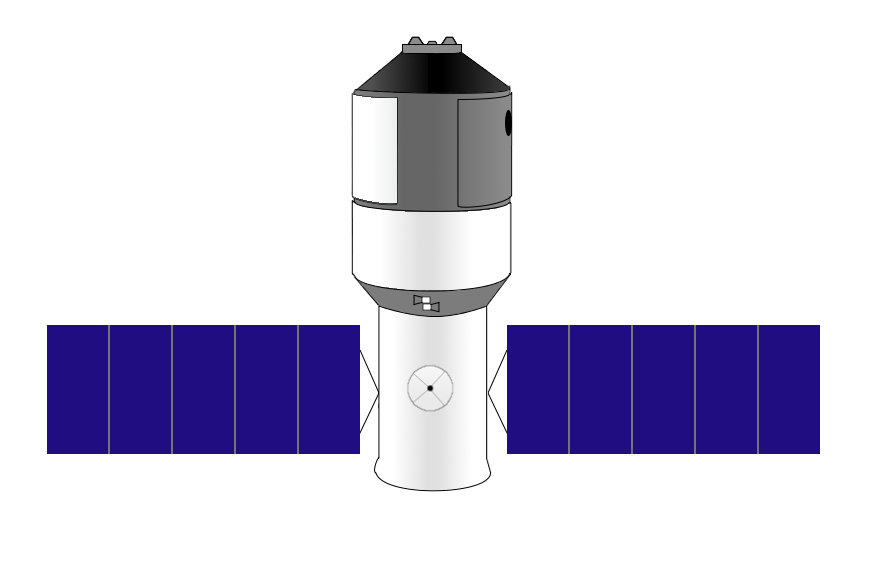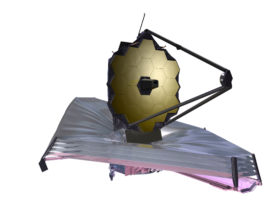Aerospace experts say they expect the Chinese space station, Tiangong-1, or “Celestial Palace 1” in English, to drop out of orbit and fall to Earth sometime between March 30th and April 2nd.
Considering its orbital path and expected reentry trajectory, the experts say the space station could fall anywhere in the world between nearly 43° north and 43° south latitudes (see graphic below).
That’s a band that wraps around the globe with a width of almost 10,000 kilometers (approx… 111 km per degree).
The European Space Agency reports the bus-sized spacecraft’s orbit began to decay shortly after its September 2011 launch, due to atmospheric drag.

Tiangong-1 potential reentry area. Map showing the area between 42.8 degrees north and 42.8 degrees south latitude (in green), over which Tiangong-1 could reenter. (ESA CC BY-SA IGO 3.0.)
But, the Chinese flight controllers were able to make necessary corrections, via a remote control link, to keep the spacecraft at an optimum orbital altitude.
The ESA says the ground crew lost contact with the space station in 2016 and was unable to continue the spacecraft’s altitude correction. So, its orbit decayed into what is described as an uncontrolled reentry.
Multiple sources report that it’s expected most of the space station will burn up as it plunges through the atmosphere.
It’s speculated whatever pieces that survives its fiery reentry would fall into the ocean, far from any populated areas.
The Aerospace Corporation, a US federally funded and independent research and development corporation is posting Tiangong-1 tracking information on its website.
























Comments are closed.